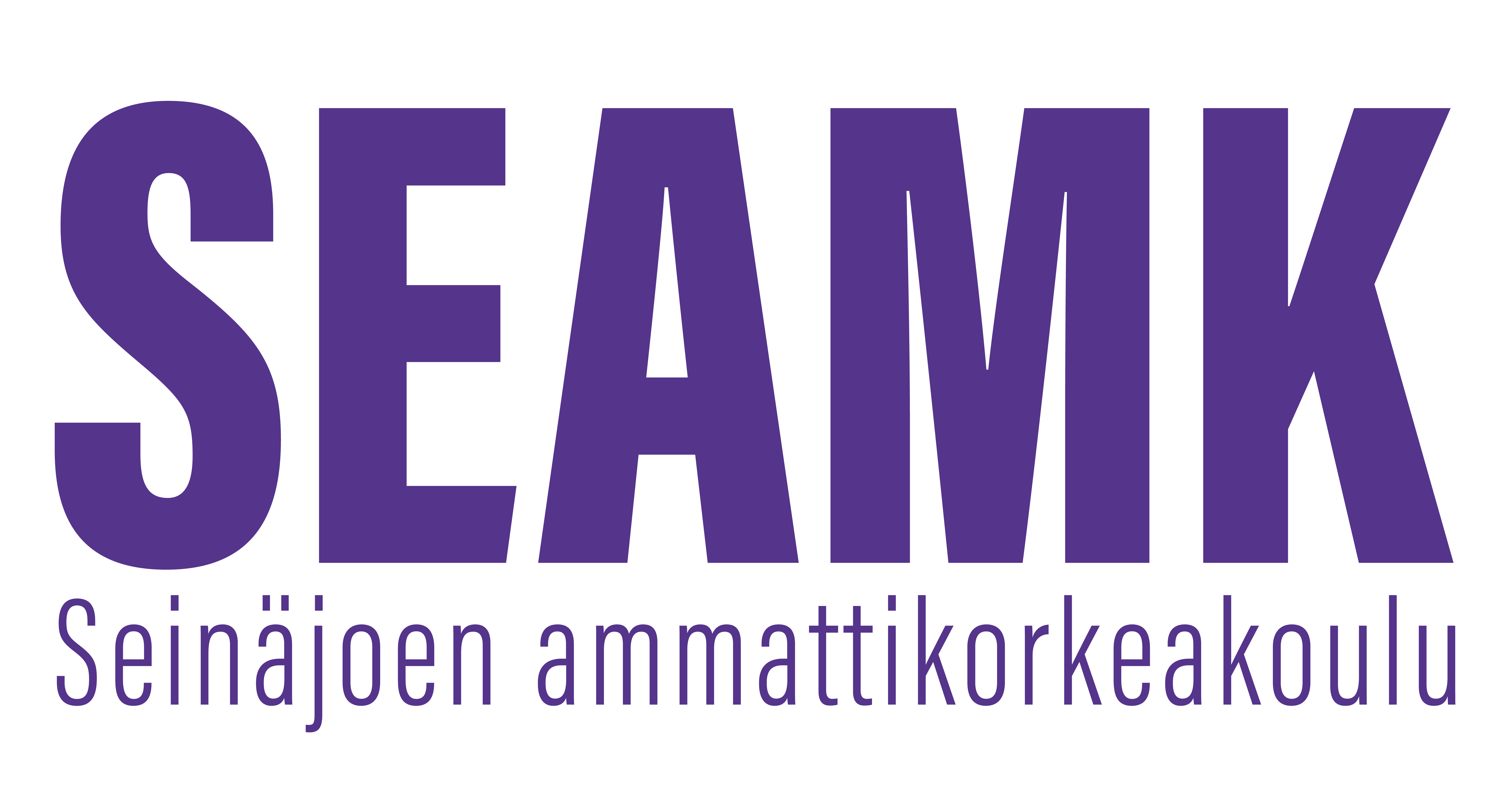Internationalization of business (3op)
Toteutuksen tunnus: LT00DM33-3001
Toteutuksen perustiedot
- Ilmoittautumisaika
- 11.11.2024 - 22.01.2025
- Ilmoittautuminen toteutukselle on päättynyt.
- Ajoitus
- 27.01.2025 - 30.04.2025
- Toteutus on päättynyt.
- Opintopistemäärä
- 3 op
- Lähiosuus
- 0 op
- Virtuaaliosuus
- 3 op
- Toteutustapa
- Etäopetus
- Yksikkö
- SeAMK Liiketalous ja pk-yrittäjyys
- Toimipiste
- SeAMK Seinäjoki, Frami
- Opetuskielet
- englanti
- Koulutus
- Tradenomi (AMK), Pk-yrittäjyys
- Opettajat
- Maja Krljic
- Ajoitusryhmät
- Avoin AMK (Ei koske tutkinto-opiskelijaa) (Koko: 10 . Avoin AMK : 10.)
- Ryhmät
-
MPK24Tradenomi (AMK), monimuotototeutus
- Pienryhmät
- Avoin AMK (Ei koske tutkinto-opiskelijaa)
- Opintojakso
- LT00DM33
Arviointiasteikko
1-5
Tavoitteet
Students know the characteristics of international business, including practical operations of foreign trade. Students can choose a suitable entry mode according to the situation of the exporting company and target markets. Students are aware of cultural differences and how they influence business. The focus will be on international business entry modes and SMEs.
Sisältö
- Introduction to International trade
- Entry Modes
- Practical and legal aspects of foreign trade
- Culture
- Market Entry Plan
Oppimateriaalit
International Business, The Challenges of Globalization. 10/E, John J. Wild and Kenneth L. Wild. Pearson Education. (2023).
Opetusmenetelmät
Online course, no scheduled classes
- guided practice
- Independent work
Teaching method will be Problem Based Learning. Students will select a target country and a product to launch in that country. In addition using English as a business Lingua Franca will be explored.
Opiskelijan ajankäyttö ja kuormitus
80 hours of independent work
Students are free to decide how to use the 80 hours in regards to completing course tasks.
Arviointikriteerit, tyydyttävä (1)
The market entry plan and the final exam are completed at a passable level. Student can create a practical market entry plan for a case company and has passable argumentation for decisions.
Arviointikriteerit, hyvä (3)
The completed market entry strategy and the final exam are completed at a good level. Student can create a practical and logical market entry plan for a case company and the argumentation for export decisions are well grounded.
Arviointikriteerit, kiitettävä (5)
The completed market entry strategy and the final exam are completed at an excellent level. Students can create an innovative and advanced market entry plan for a case company and argumentation for export decisions are at an excellent level.
